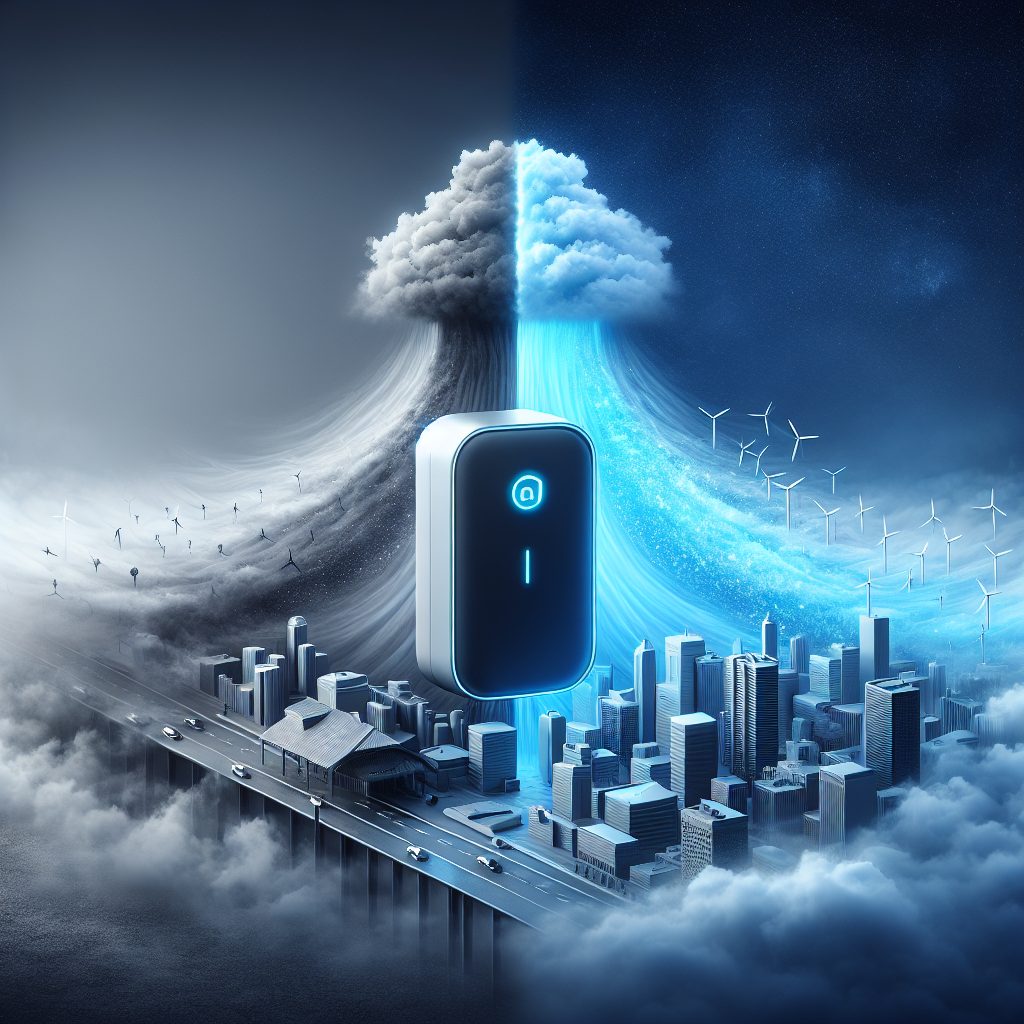As air pollution continues to be a serious issue around the world, the need for effective monitoring and improvement of air quality has never been greater. With the advancements in artificial intelligence (AI) technology, we now have the ability to use AI to monitor and improve air quality in ways that were not possible before. In this article, we will explore how AI is being used to address air quality concerns and how it can help us create a healthier and cleaner environment for future generations.
Monitoring Air Quality with AI
One of the key ways that AI is being used to monitor air quality is through the use of sensors and data analysis. Sensors can be placed in various locations to measure levels of pollutants in the air, such as nitrogen dioxide, particulate matter, and ozone. These sensors collect real-time data on air quality, which is then analyzed using AI algorithms to identify patterns and trends.
AI can also be used to predict air quality levels in the future by taking into account factors such as weather conditions, traffic patterns, and industrial activities. By using predictive modeling, AI can help authorities and organizations anticipate air quality issues before they become a serious problem.
Improving Air Quality with AI
In addition to monitoring air quality, AI can also be used to improve air quality through a variety of means. For example, AI can be used to optimize traffic flow in urban areas to reduce emissions from vehicles. By analyzing traffic patterns and adjusting traffic signal timings, AI can help reduce congestion and improve air quality in cities.
AI can also be used to optimize industrial processes to reduce emissions and pollutants. By analyzing data from industrial operations, AI can identify ways to make processes more efficient and environmentally friendly. This can lead to a reduction in harmful emissions and pollutants released into the air.
Furthermore, AI can help in the development of new technologies and solutions for air quality improvement. For example, AI can be used to design more effective air purification systems or to develop new materials that can capture pollutants from the air. By leveraging AI technology, researchers and engineers can innovate new solutions to address air quality challenges.
FAQs:
Q: How accurate is AI in monitoring air quality?
A: AI technology has proven to be highly accurate in monitoring air quality. By analyzing real-time data from sensors and using advanced algorithms, AI can provide precise and reliable information on pollutant levels in the air.
Q: Can AI predict air quality levels accurately?
A: Yes, AI can predict air quality levels with a high degree of accuracy. By analyzing historical data and taking into account various factors that influence air quality, AI can make accurate predictions about future air quality levels.
Q: How can AI help improve air quality in urban areas?
A: AI can help improve air quality in urban areas by optimizing traffic flow, reducing emissions from vehicles, and optimizing industrial processes. By analyzing data and implementing smart solutions, AI can help reduce pollutants in the air and create a cleaner environment in cities.
Q: What are some examples of AI technologies used to monitor and improve air quality?
A: Some examples of AI technologies used to monitor and improve air quality include sensors, data analysis algorithms, predictive modeling, and optimization algorithms. These technologies are being used to collect data, analyze trends, and develop solutions to address air quality challenges.
In conclusion, AI technology has the potential to revolutionize the way we monitor and improve air quality. By leveraging AI algorithms and data analysis, we can gain valuable insights into air pollution levels and develop innovative solutions to create a cleaner and healthier environment. As we continue to advance AI technology, we can expect to see even greater improvements in air quality and a more sustainable future for our planet.

